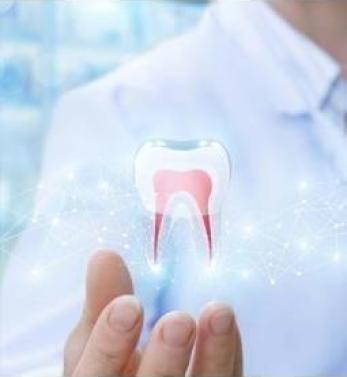





Symptoms of gum disease may vary depending on the problem and how far the problem has progressed. The most common symptoms of gum disease can be listed as follows:
sensitivity to cold and heat, Pain and ache when chewing, Bad taste in the mouth and chronic bad breath, swollen and red gums, Bleeding in the gums during dental cleaning, Inflammatory discharges between the teeth and gums.
Gingivitis: Gingivitis, which is the mildest periodontal disease, is caused by microbial dental plaques; It is a disease characterized by reddening of the gingiva, bleeding, edema and halitosis.
Chronic Periodontitis: This disease, which is an infection of the gums, is often neglected because its symptoms progress slowly. Chronic gingivitis, which is manifested by symptoms such as tooth spacing, rotation, swaying, dysfunction, abscess formation and bad breath, is treated surgically if neglected.
Aggressive Periodontitis: Bone loss may occur in this gum disease where complex treatment approaches must be applied simultaneously.

During the treatment of gingival diseases, the symptoms experienced by the patients are evaluated and the patients undergo a detailed examination. If early signs are found, plaques and stones on the teeth should be cleaned by physicians. It may also be necessary to smooth the root surface. As a result of these procedures, the bacteria that cause inflammatory formations are removed. In addition to these treatments applied in the early period of gingival diseases, it is important for the patients not to disrupt their oral care for the success and longevity of the treatment.
The advanced level of gingival diseases requires the expansion of treatment options. Gingival Flap Surgery may also be necessary to reduce the depth of periodontal pockets or to regain the bone tissue that has begun to disappear.